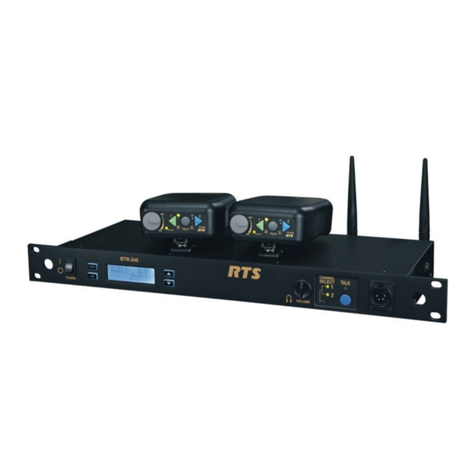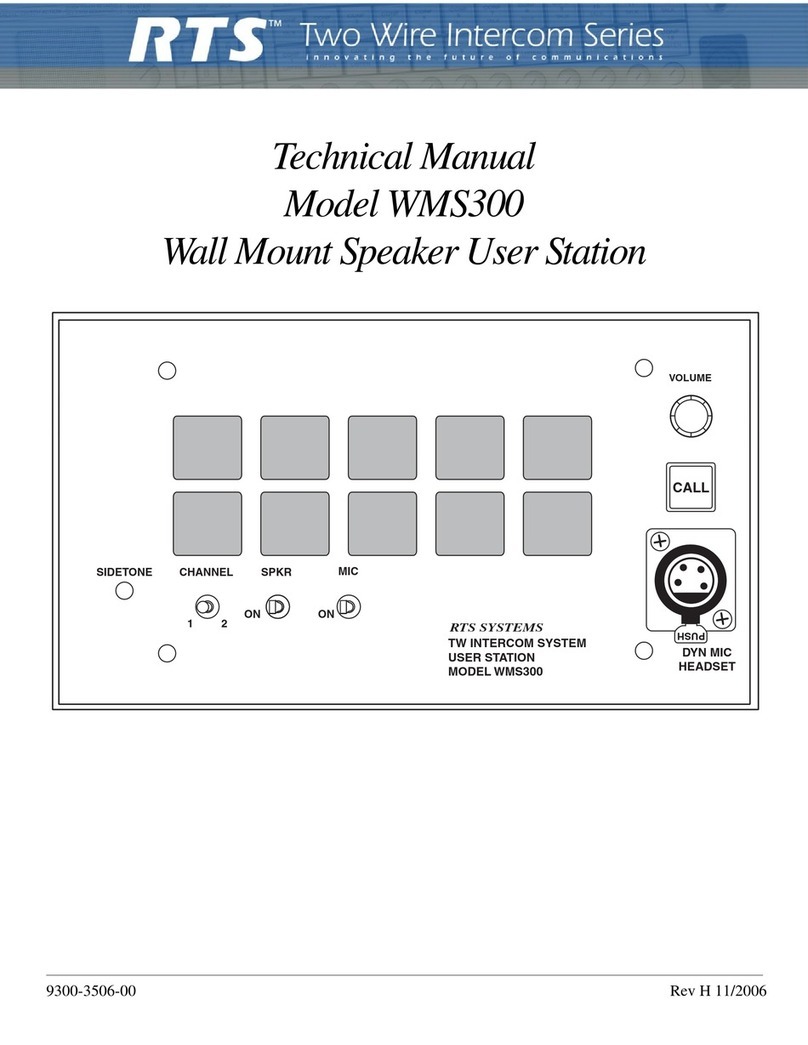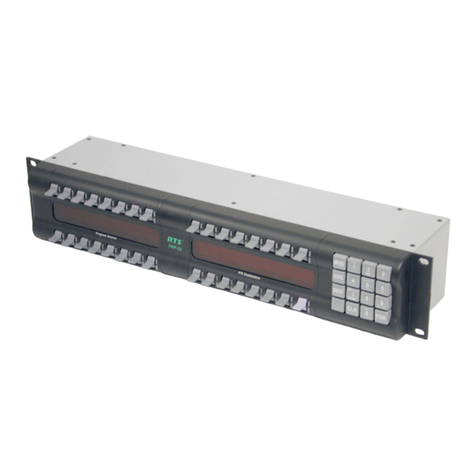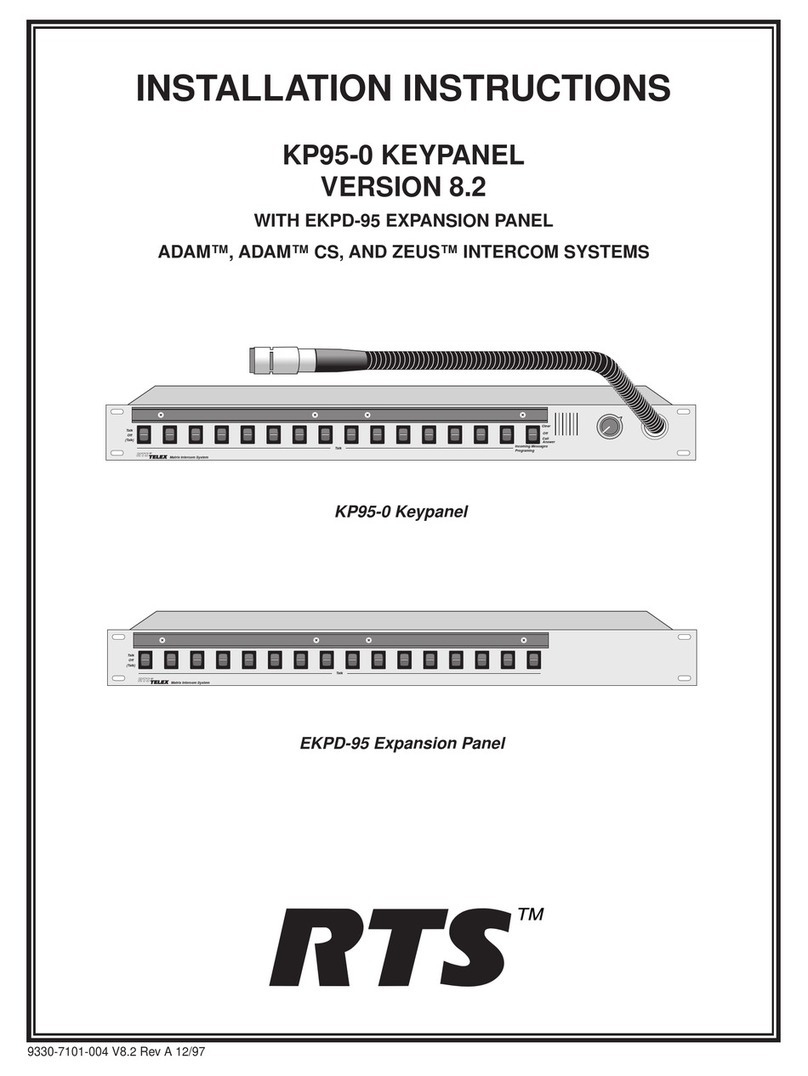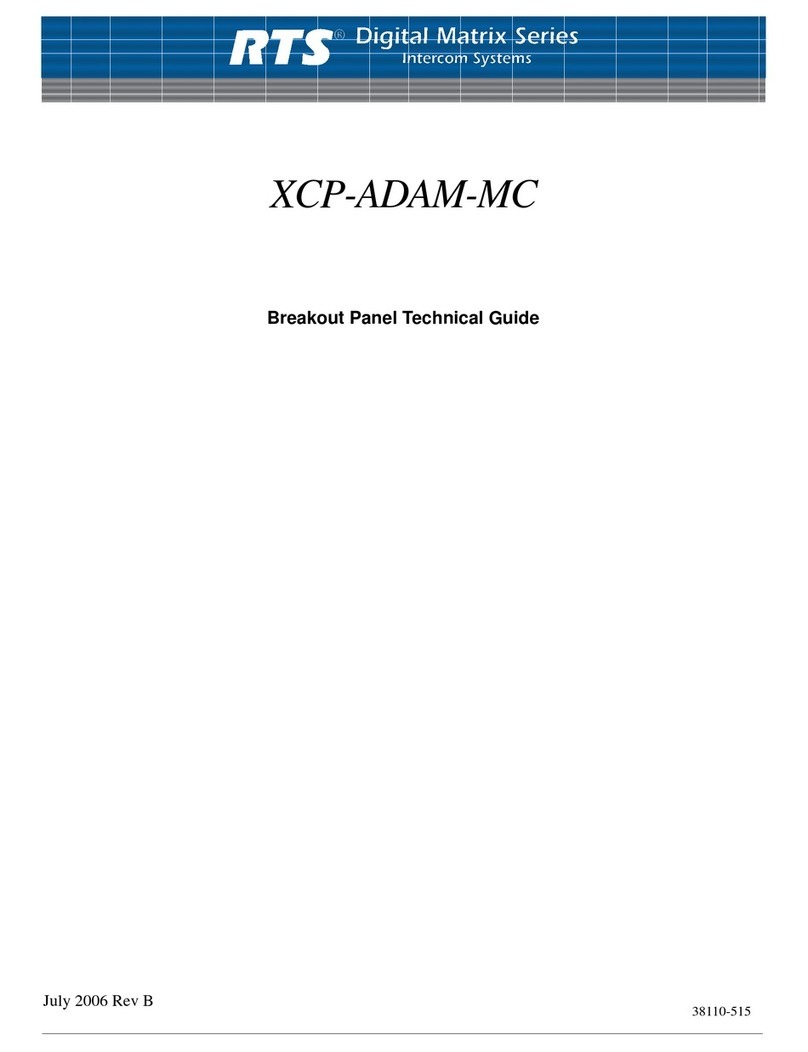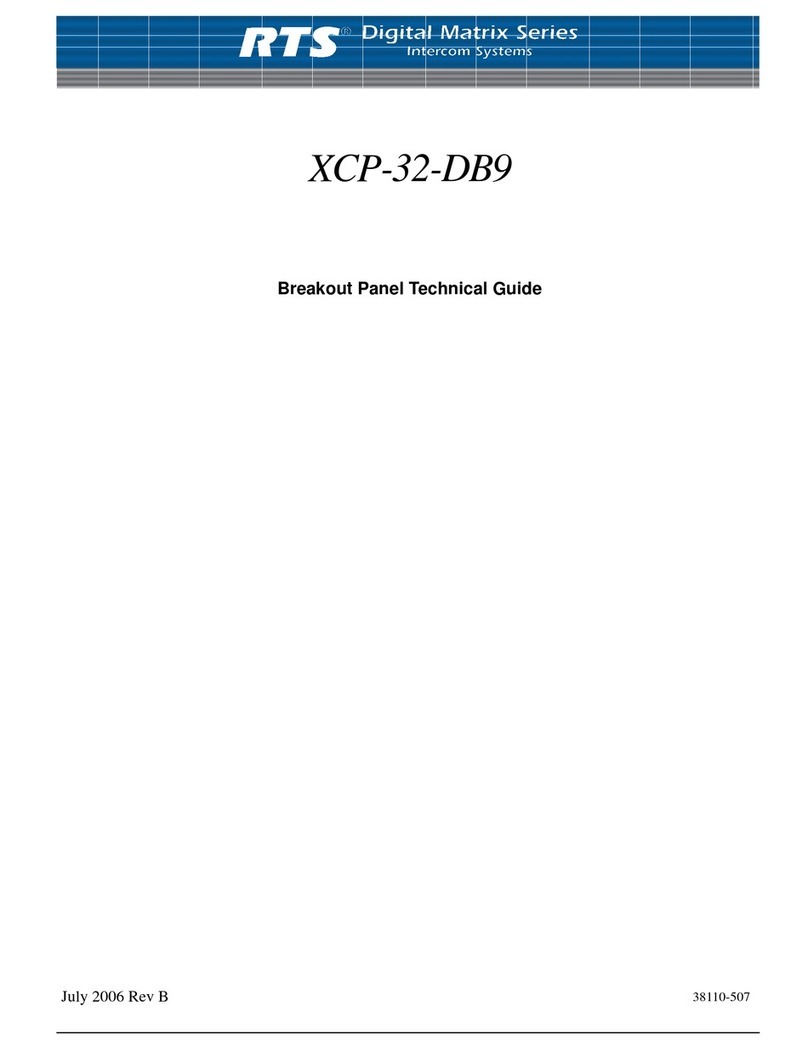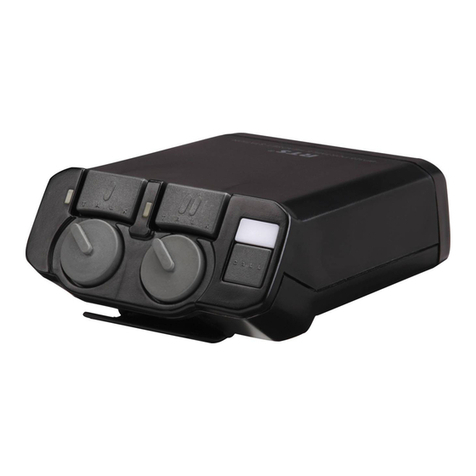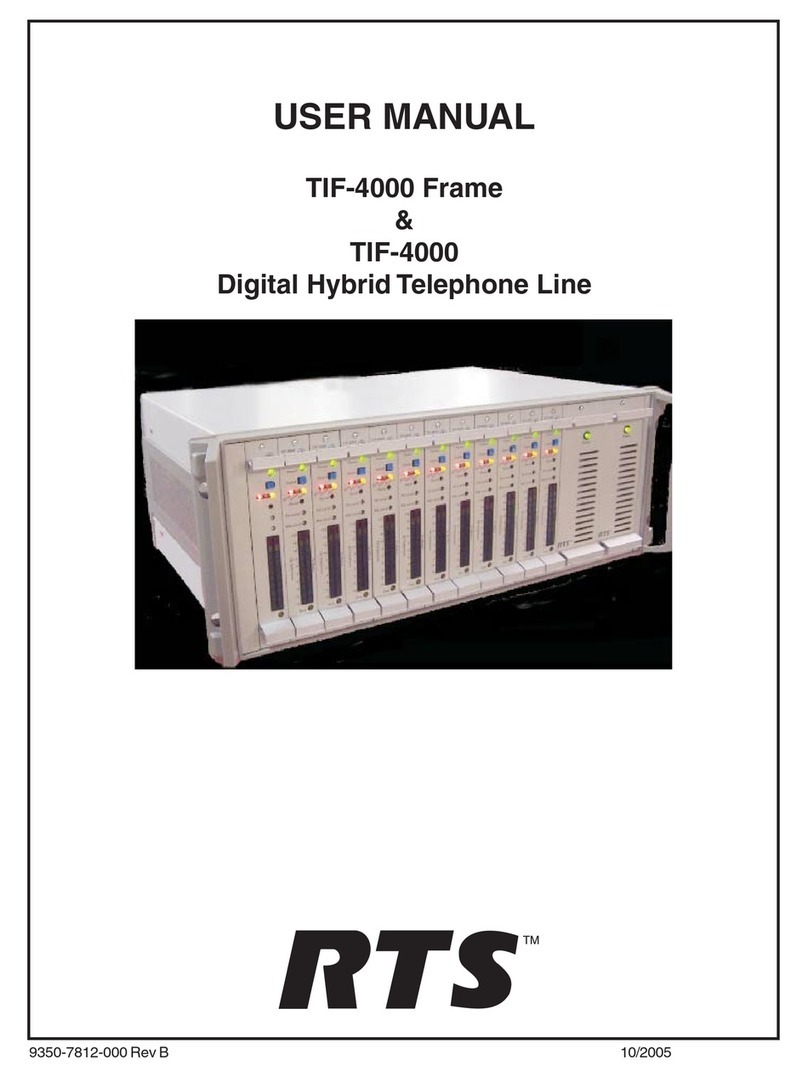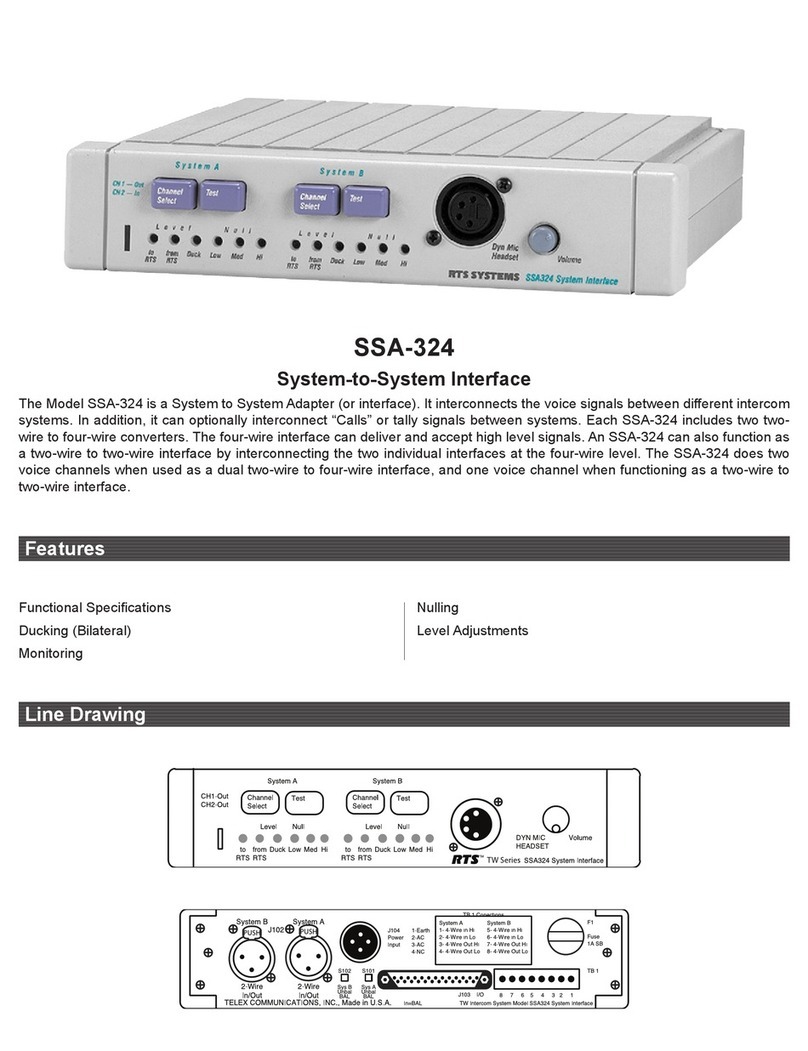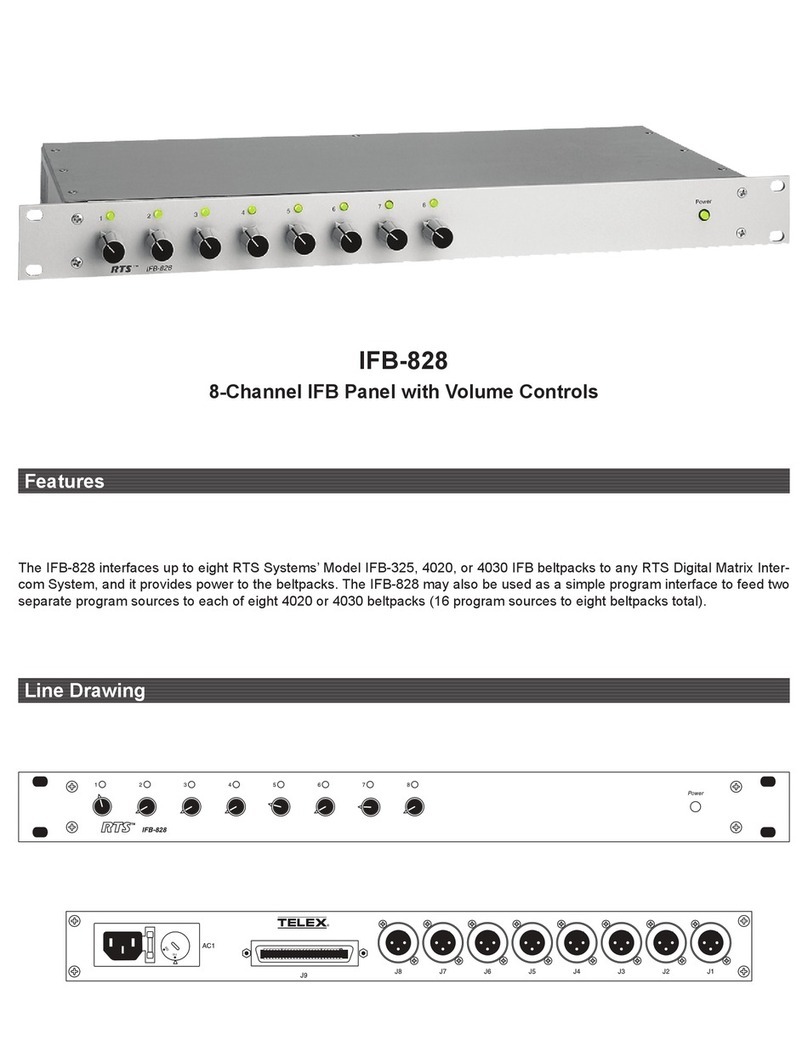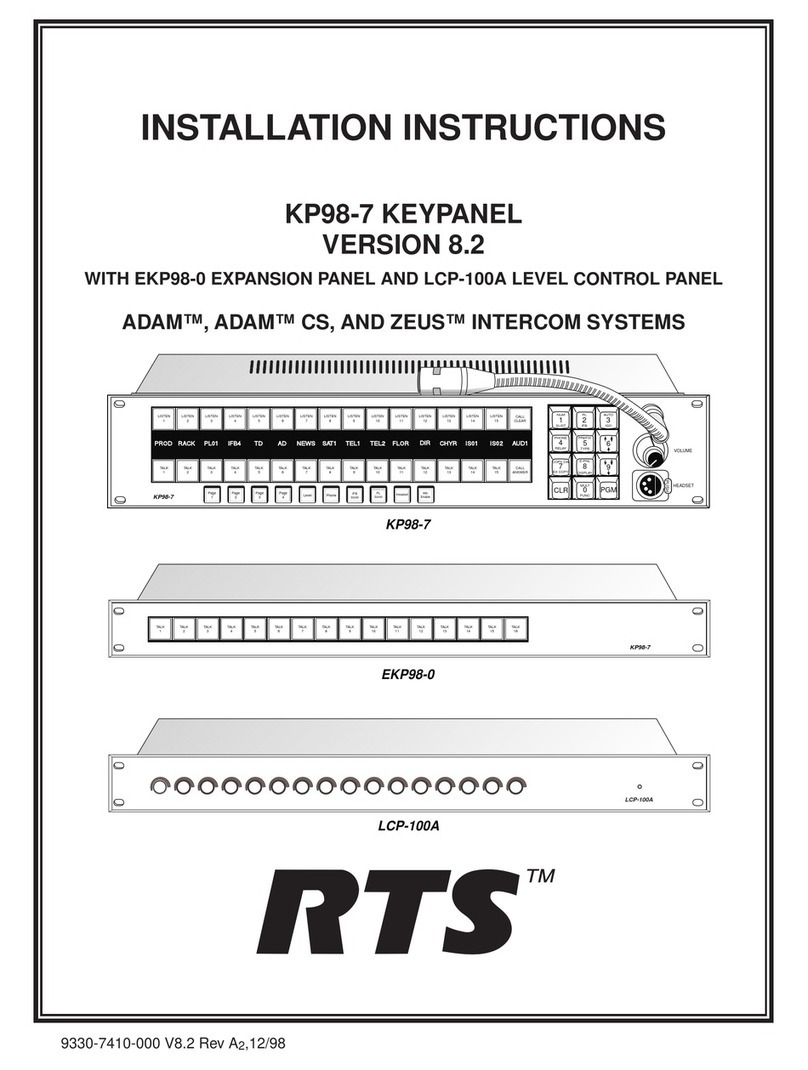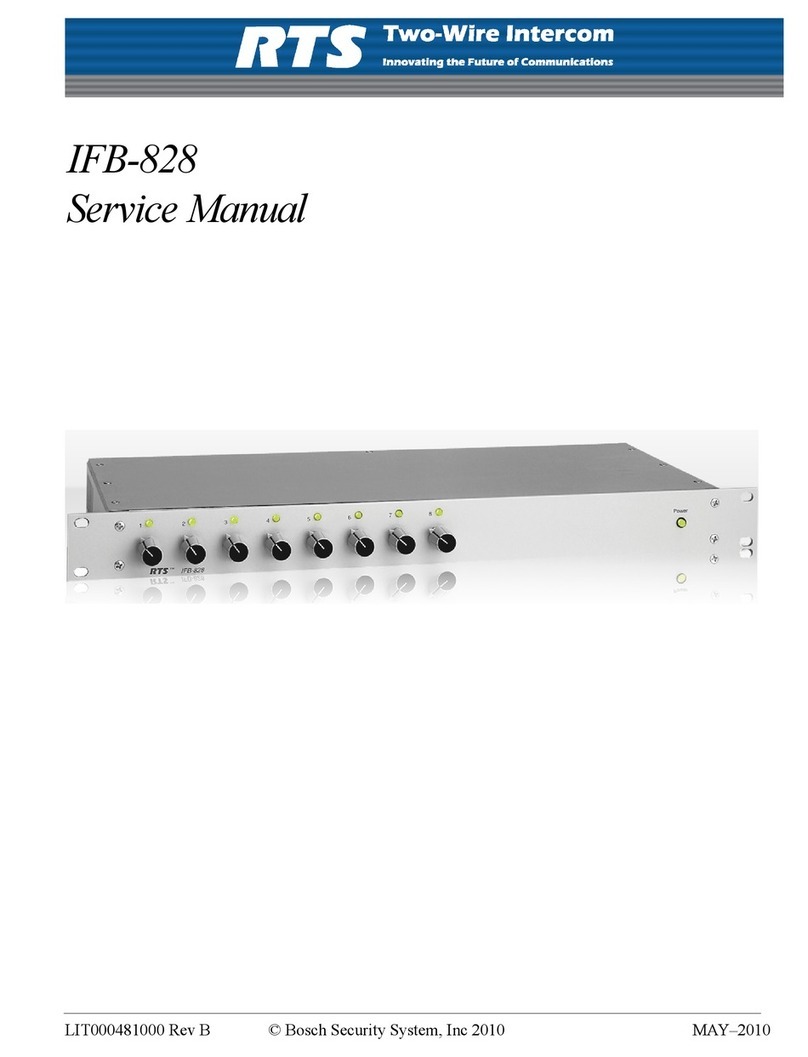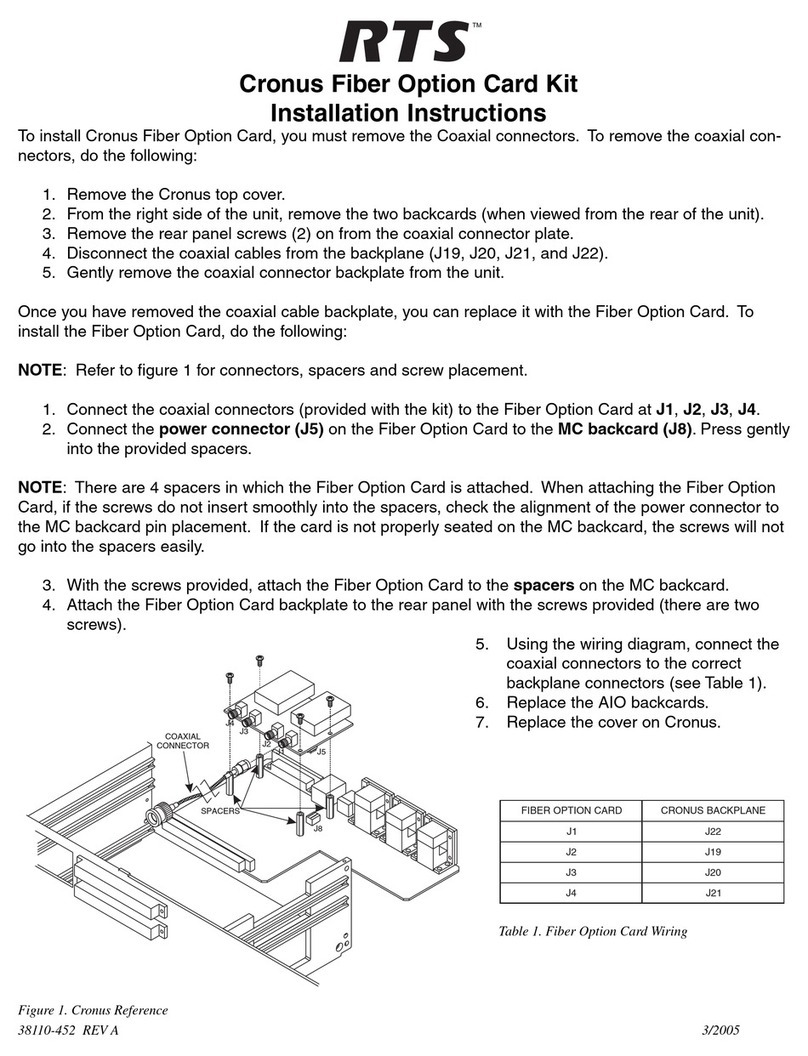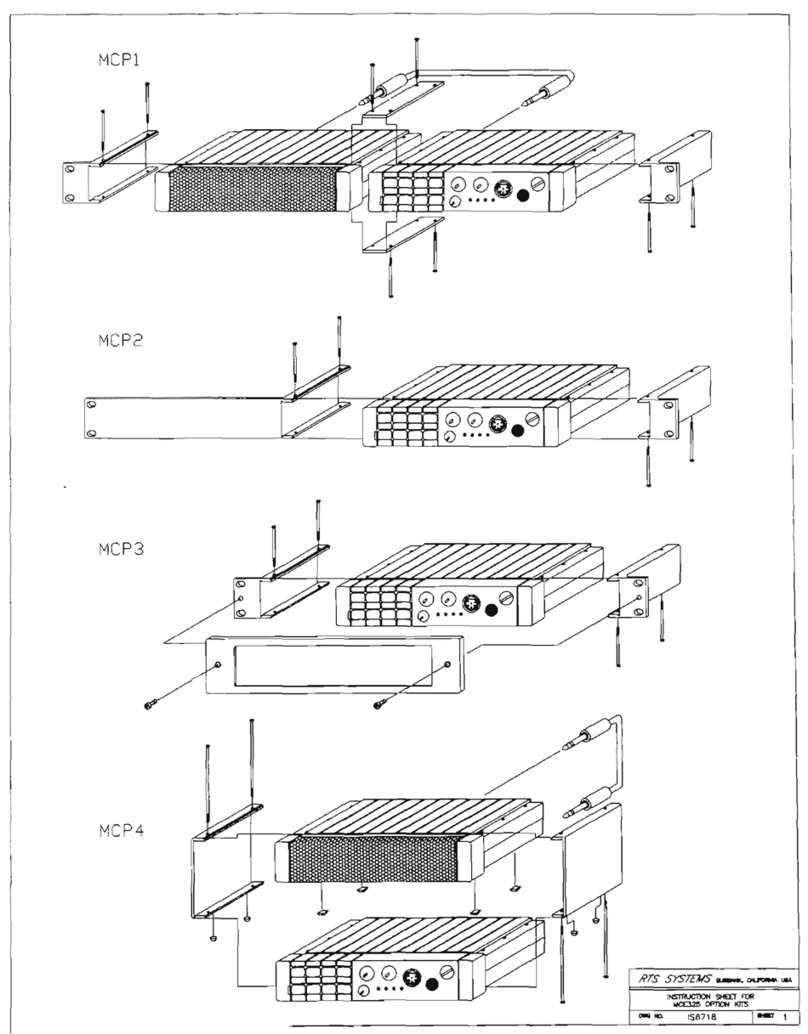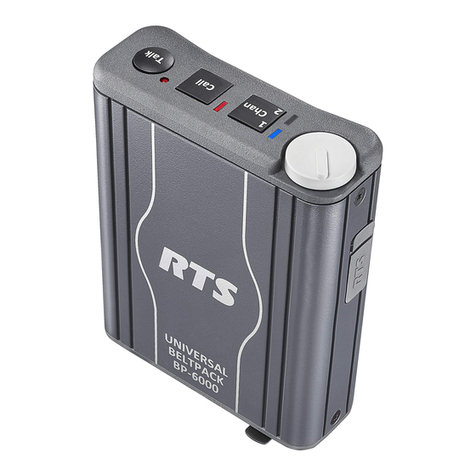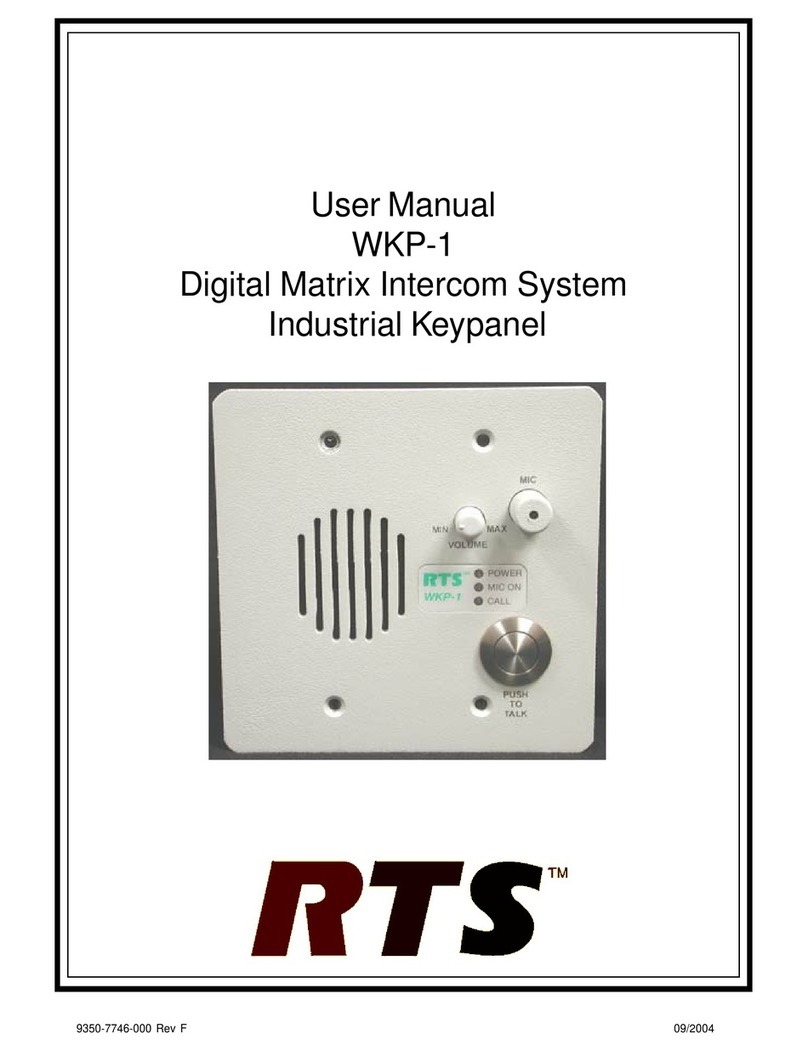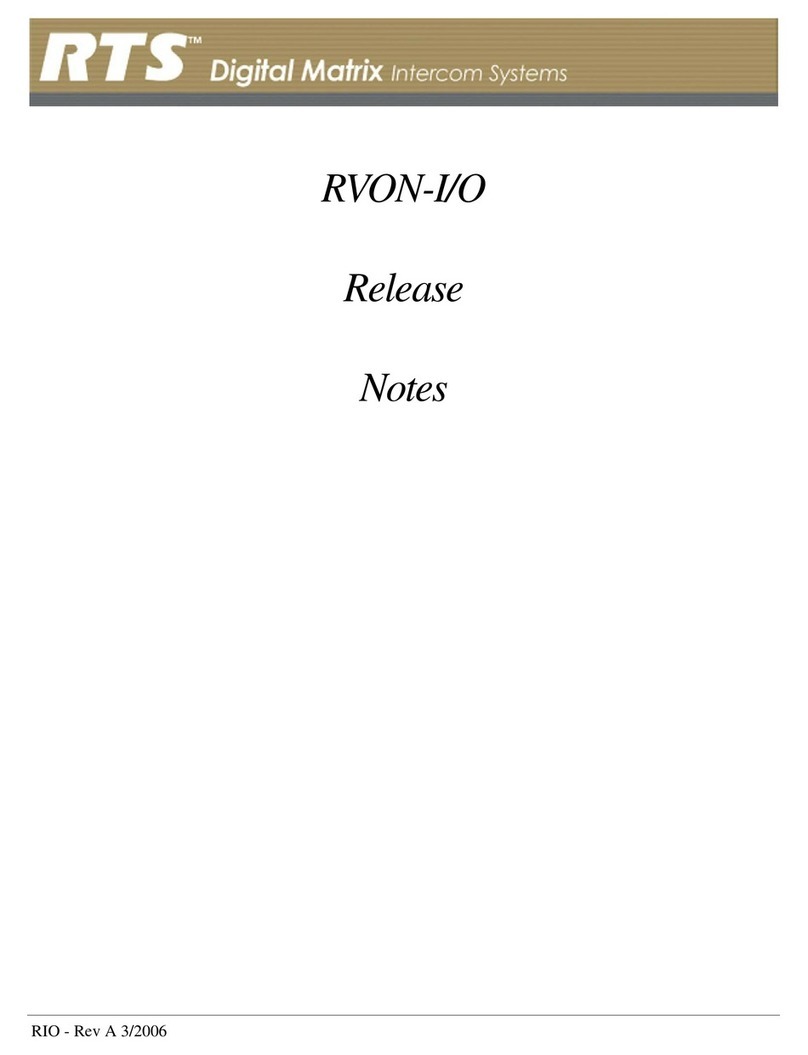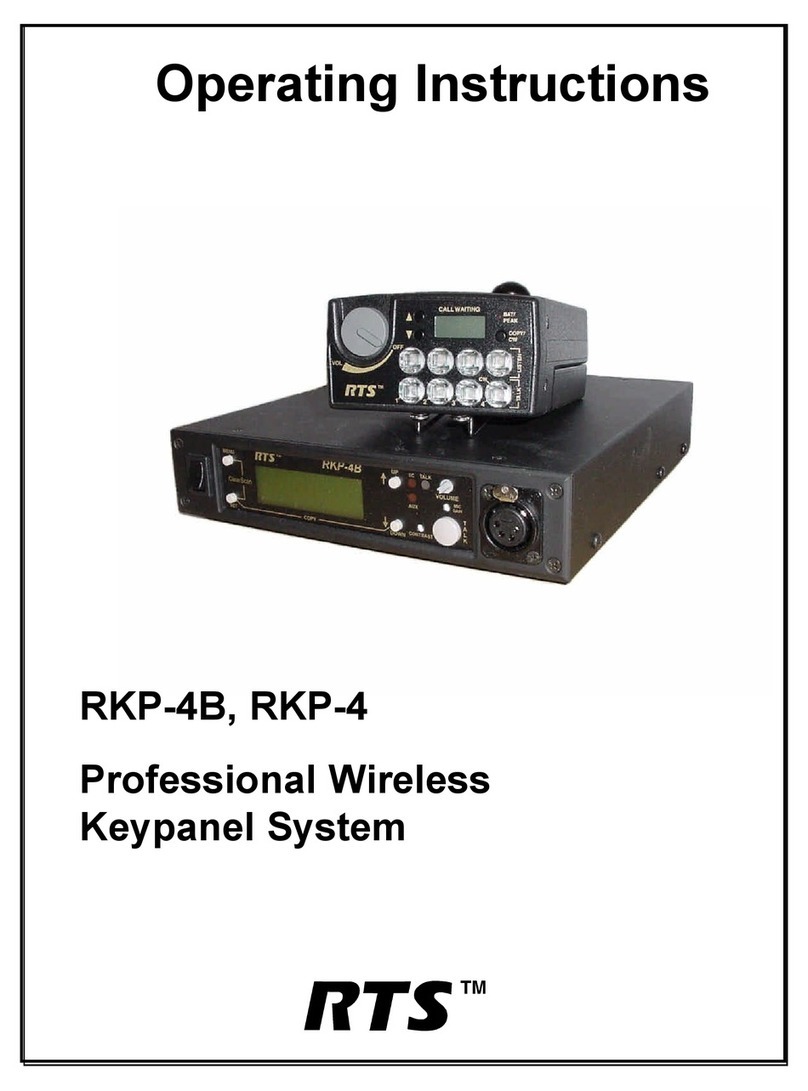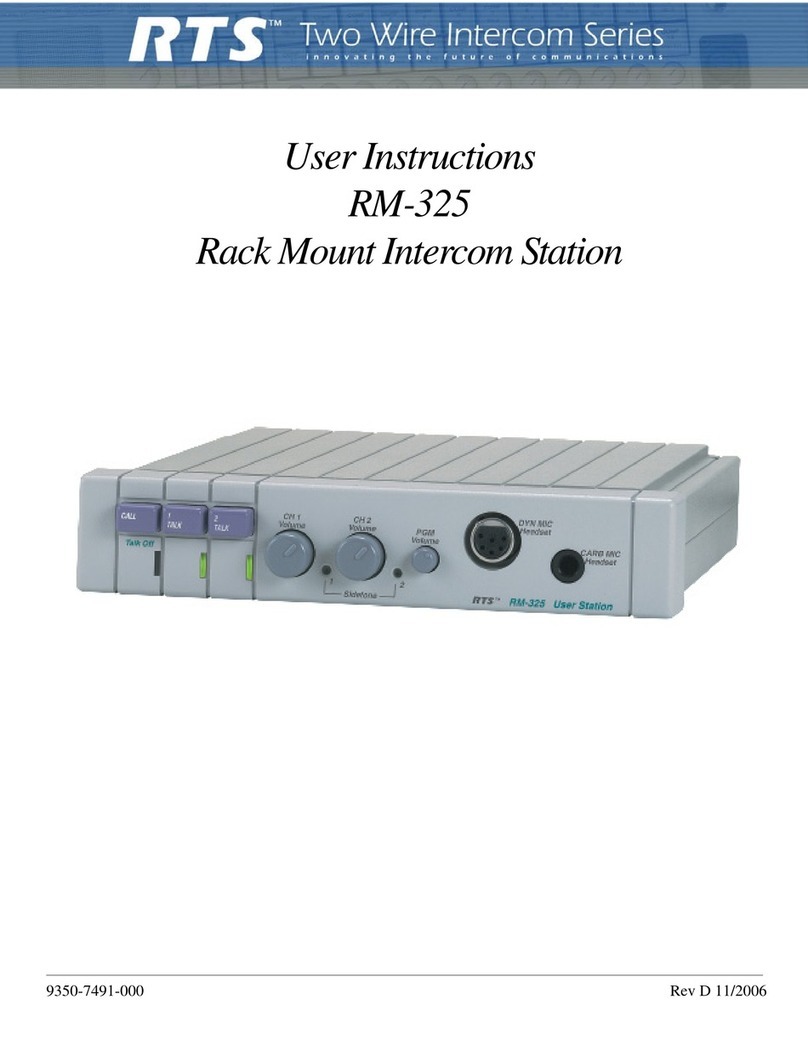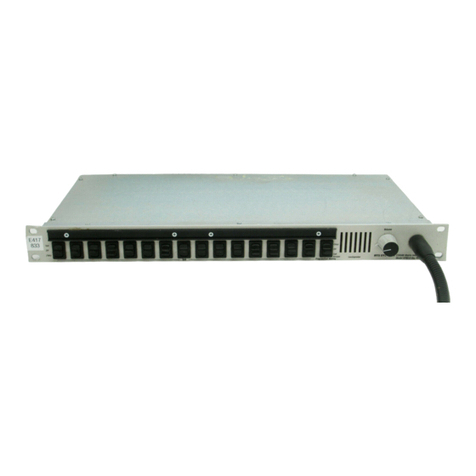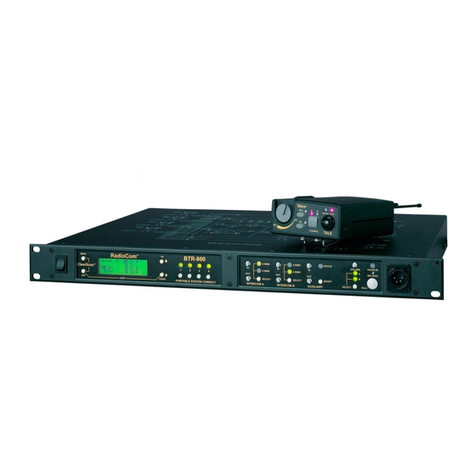
Table
of
Contents
DESCRIPTION AND SPECIFICATIONS ............................................................................................1
General Description ........................................................................................................................................... 1
Features .............................................................................................................................................................. 1
Front and Back Panel Descriptions ................................................................................................................... 2
FRONT PANEL ....................................................................................................................................................................2
BACK PANEL ......................................................................................................................................................................3
Specifications ...................................................................................................................................................... 4
INSTALLATION .....................................................................................................................................5
Mounting ............................................................................................................................................................ 5
4-Wire Audio Connections ................................................................................................................................. 5
ADAM, ADAM-CS, OR ZEUS AUDIO CONNECTION ...........................................................................................................5
AUDIO CONNECTIONS FOR THE OTHER 4-WIRE COMMUNICATIONS SYSTEMS ......................................................................6
2-Wire Audio Connections ................................................................................................................................. 7
RTS TW AUDIO CONNECTIONS ..........................................................................................................................................7
AUDIOCOM AUDIO CONNECTION .......................................................................................................................................8
CLEAR-COM AUDIO CONNECTION .....................................................................................................................................9
OTHER 2-WIRE AUDIO CONNECTION ..................................................................................................................................9
4-Wire Call Signal Connections ....................................................................................................................... 10
CALL SIGNAL CONNECTION FOR ADAM, ADAM CS, AND ZEUS ......................................................................................10
CALL SIGNAL CONNECTIONS FOR OTHER 4-WIRE COMMUNICATIONS SYSTEMS .................................................................13
4-wire Call Send and Call Enable/Inhibit .................................................................................................................................13
4-wire Call Receive ......................................................................................................................................................................14
2-Wire Call Signal ............................................................................................................................................ 14
CALL SIGNAL CONNECTIONS FOR AUDIOCOM, RTS TW AND CLEAR-COM .......................................................................14
CALL SIGNAL CONNECTIONS FOR OTHER 2-WIRE COMMUNICATION SYSTEMS ..................................................................15
OPERATION .........................................................................................................................................17
General Instructions ......................................................................................................................................... 17
Operating Notes for ADAM, ADAM CS and Zeus Intercom Systems .............................................................. 18
ACCESS AND CONFIGURATION .....................................................................................................19
Internal Access ................................................................................................................................................. 19
Mode Dip Switch Settings U301 ....................................................................................................................... 20
Call Signal Option Card Installation ............................................................................................................... 21






